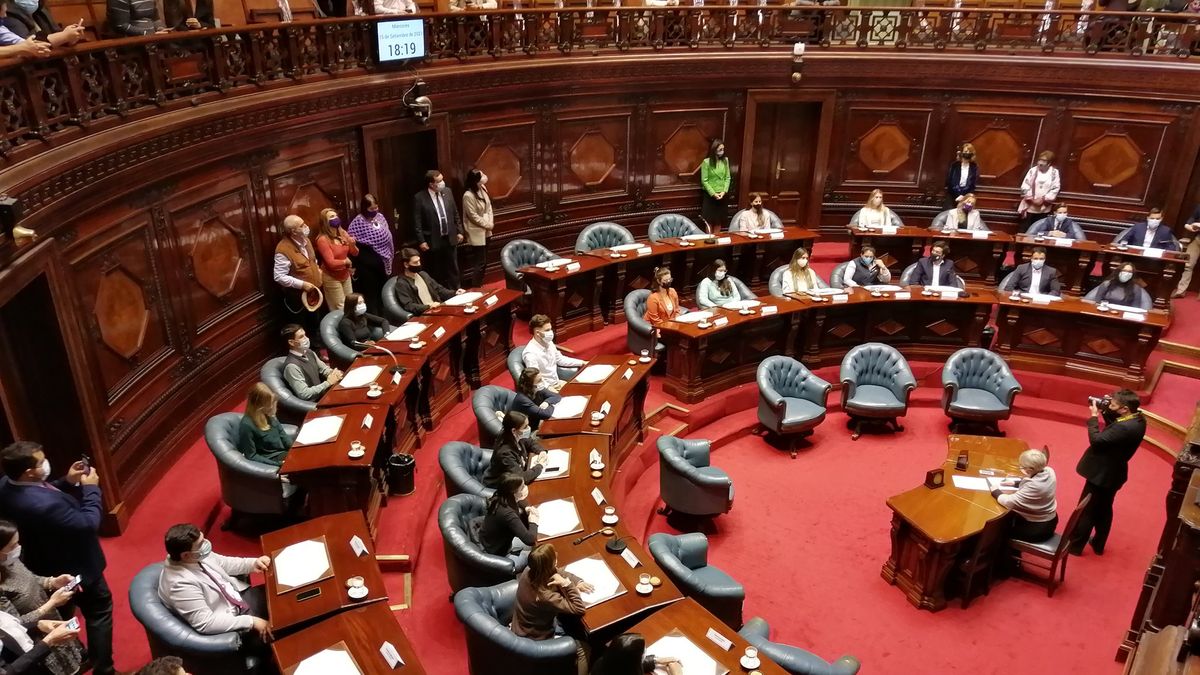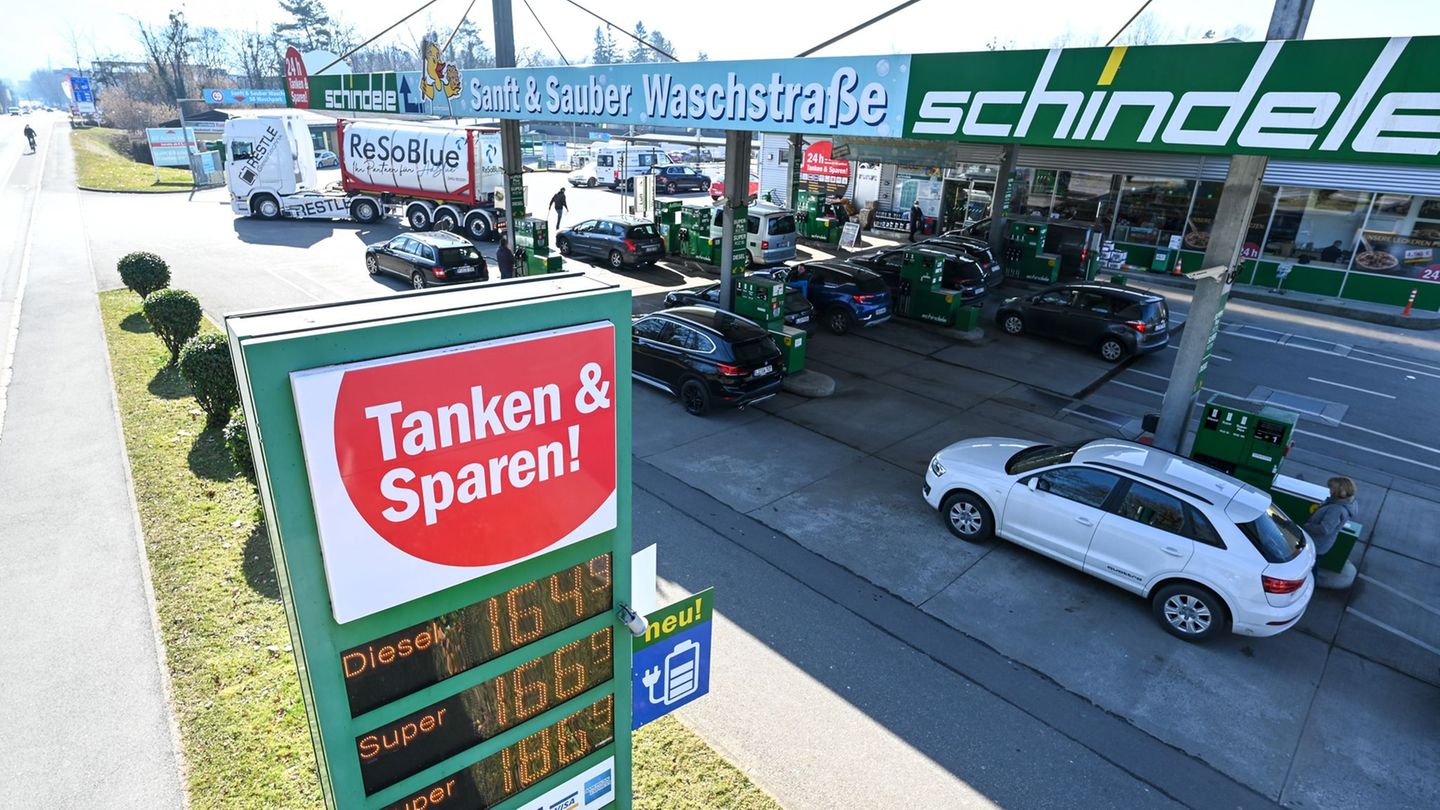Given the falling birth rate, a current calculation shows that there will soon be more primary school teaching graduates than jobs. Educational researchers see this as an opportunity.
Shortage becomes surplus: According to one estimate by education experts, there will soon be more primary school teachers than positions. A current forecast by the Bertelsmann Foundation assumes that by 2035, around 45,800 more primary teachers will be fully trained than are needed to cover teaching. The background is a trend reversal in demographic development. Fewer children have been born recently than until 2021.
According to the calculations, the long-standing shortage of primary school teachers will likely be overcome in many places by the next school year because, unlike in 2023, there will be more new teachers available than will be leaving the profession.
Scope for more quality in schools
However, a mathematical oversupply of graduates does not necessarily mean unemployment for educators, emphasize the study authors Klaus Klemm and Dirk Zorn. Rather, politicians are given the scope for quality improvements that is lacking today. The experts recommend that teachers could be used to expand all-day offerings or to hire more staff at schools in socially difficult situations. They also suggest that primary school teachers also receive further training for use in the fifth and sixth grades.
Deviation from study by the Conference of Ministers of Education and Cultural Affairs
With its estimate, the Bertelsmann Foundation deviates significantly from the forecast presented by the Conference of Culture Ministers (KMK) at the end of 2023, which estimated a surplus of only 6,300 graduates in the primary level for 2035. The background is primarily a trend reversal in demographic development, which is not yet reflected in the KMK calculations: the decline in births in 2022 and 2023 was more than 100,000 more significant than predicted in the statistical information from the federal states. The authors of the Bertelsmann Foundation study will also update the downwardly corrected student numbers accordingly for subsequent years.
Federal Education Minister sees “silver lining on the horizon”
Federal Education Minister Bettina Stark-Watzinger (FDP) told the newspapers of the Funke media group: “The study by the Bertelsmann Foundation is a silver lining on the horizon.” More teachers in the primary school sector opened up space for an increase in quality. “I am counting on the states to seize the opportunity and turn the increase in personnel into an increase in equal opportunities and basic skills.” However, there is still a lot to be done to reverse the trend in the teacher shortage. “It is important to make the teaching profession and studies more attractive and to train career changers and lateral entrants.”
The KMK President, Saarland Education Minister Christine Streichert-Clivot (SPD), described the Bertelsmann study as a “positive outlook”. However, she recalled that declining student numbers had been predicted for a long time – but the reality looked different. In addition, it is important not only to look at the pure birth numbers. “Above all, we have to address the qualitative need.” For example, she mentioned children without sufficient knowledge of German and with refugee trauma, the increasing heterogeneity of students and poverty in families. The question is whether teachers are trained according to needs.
Different findings possible depending on region
Fundamentally, forecasts like these are subject to a number of uncertainties. According to education expert Zorn, expected migration movements are included, but not “exogenous shocks that trigger large refugee movements, such as a new war and catastrophes.” “One more reason to use additional staff for a resilient school system,” said Zorn. In addition, the consideration applies to the whole of Germany, so more differentiated calculations are needed for tailor-made planning according to federal states and regions: “An oversupply in the big city does not rule out the desperate search for primary school teachers in rural areas,” says Zorn.
The situation in other types of schools and certain subjects also remains tense. There will still be a major shortage of teachers for the foreseeable future, especially in non-gymnasium secondary schools and in MINT subjects.
The findings on teachers at primary schools are reminiscent of a “change between shortage and surplus that has been observed again and again for decades,” the authors write in their analysis. In times of shortage, the number of students increases because many begin their studies in the hope that the shortage will continue after graduation. In times of oversupply of teachers, however, fewer people decided to study in this field. Estimates of future teacher demand always lead to a supply of teachers with a time lag that only meets demand if the demographic assumptions made beforehand turn out to be correct.
VBE: Need at least 110 percent staff in schools
The chairman of the Association for Education and Upbringing (VBE), Gerhard Brand, reacted cautiously to the study. It is unclear how large the expected surplus of teachers would be if all teachers who were seconded to primary schools returned to their original school form. More staff is also needed in order to find time for further training and to be able to better deal with illnesses of colleagues. “This requires at least 110 percent staff at the schools, supplemented by members of a multi-professional team.”
Source: Stern
I have been working in the news industry for over 6 years, first as a reporter and now as an editor. I have covered politics extensively, and my work has appeared in major newspapers and online news outlets around the world. In addition to my writing, I also contribute regularly to 24 Hours World.




